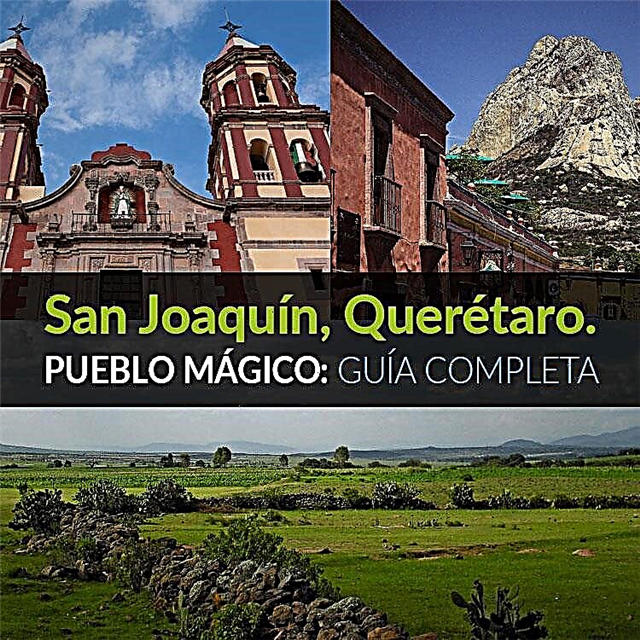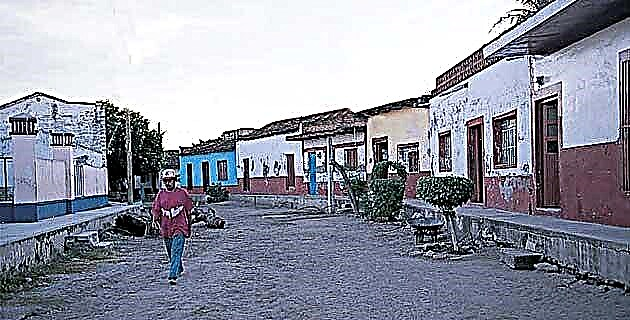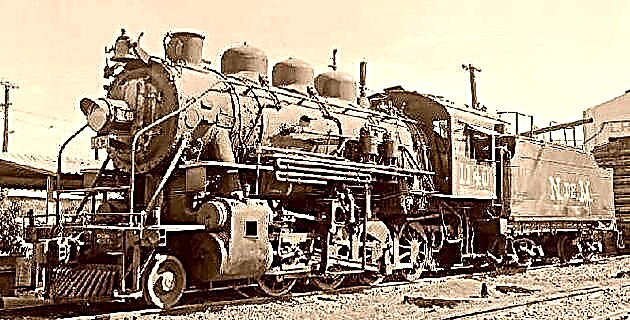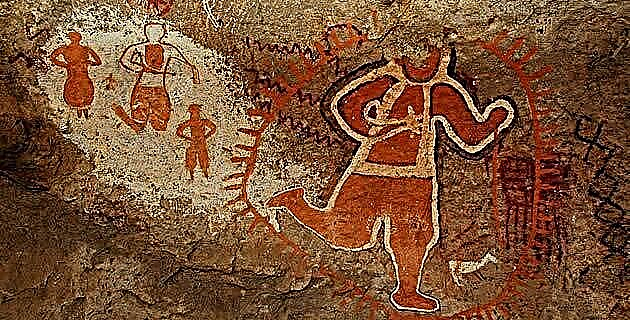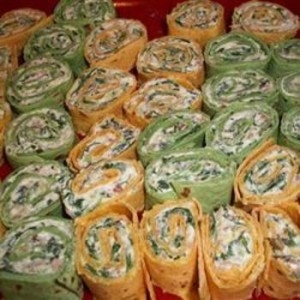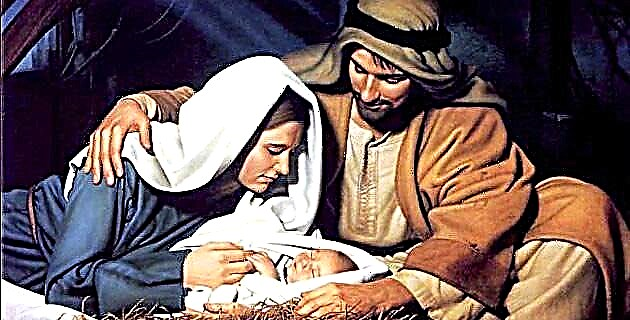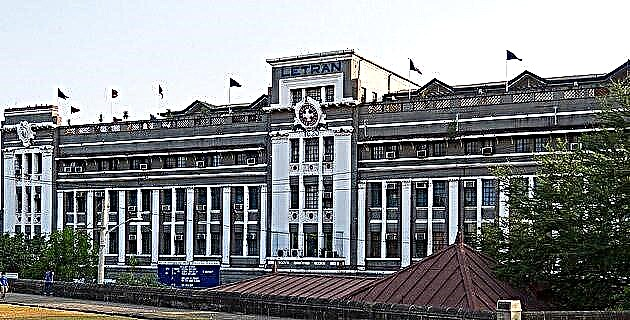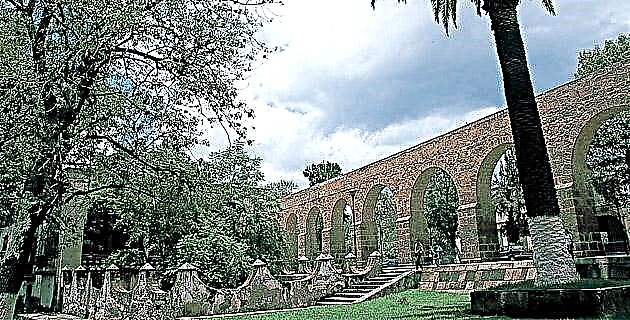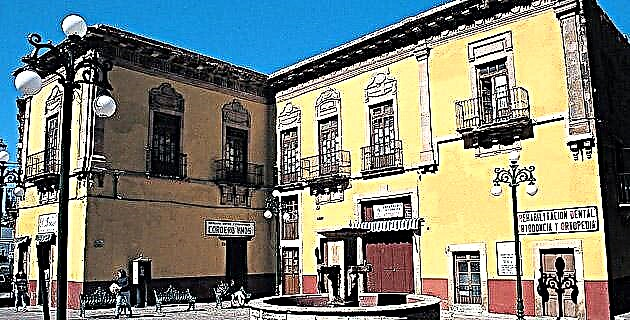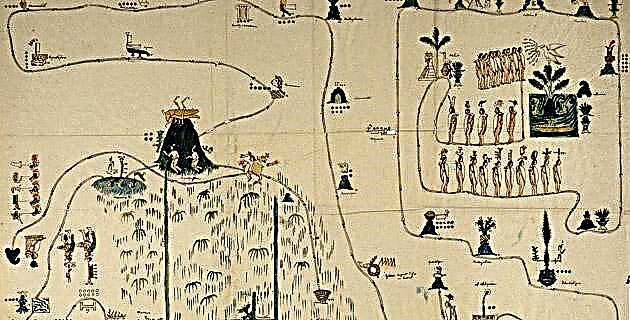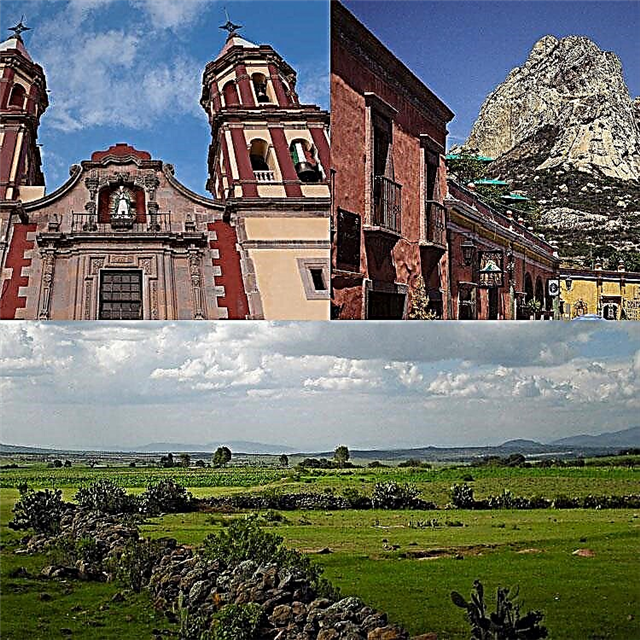Nestled in the Sierra Gorda, the Huasteco town of San Joaquín awaits your visit with its excellent climate, its beautiful traditions and many places of interest. Get to know the Magical Town of San Joaquín with this complete guide.
1. Where is San Joaquin located?
San Joaquín is the head of the Queretaro municipality of the same name, located in the Huasteca Queretana, in the heart of the Sierra Gorda, at more than 2,400 meters above sea level. It borders the Queretaro municipalities of Pinal de Amoles, Jalpan de Serra and Cadereyta de Montes, and to the east it borders the state of Hidalgo. The state capital, Santiago de Querétaro, is 136 km from the Magic Town, while Mexico City is 277 km. Traveling from the DF, take federal highway 57 towards Querétaro, then federal highway 120 and finally the detour towards San Joaquín after passing Ezequiel Montes, Cadereyta and Vizarrón.
2. What is the history of the town?
The oldest inhabitants of the territory were Huastecos, Pames and Jonaces and it is believed that the indigenous people left the area due to prolonged droughts. In 1724 the first Hispanic foundation was made, when Viceroy Don Juan de Acuña made a distribution of land. Since the colony, the Sierra Gorda region was a center for the exploitation of different minerals. In 1806 the town was consolidated with several families that settled to work in mining. Between 1955 and 1975, San Joaquín experienced a small mining splendor with the exploitation of mercury. The declaration of Pueblo Mágico came in 2015.
3. What is the local climate like?
Favored by the altitude of 2,469 meters above sea level, the climate of San Joaquín is very cool in winter and cool in summer. The annual average temperature is 14.6 ° C; which rises to 17.6 ° C in May and falls to 11 ° C in January. The temperature peaks can reach 4 ° C in the middle of winter and 26 ° C maximum on the hottest days of summer. The rainy season is from May to October, a period in which more than 90% of the 1,018 mm of water that falls annually falls.
4. What are the things to see and do in San Joaquin?
San Joaquín is a town with cozy streets and typical houses, whose route in the middle of the pleasant mountain climate is a gift for the spirit. The parochial church of San Joaquín is a beautiful temple that constitutes the nerve center of the town. In the vicinity of the Magic Town there are historical and natural attractions such as the Grutas de los Herrera, the Archaeological Zone of Ranas, the Campo Alegre National Park and some testimonies of mining exploitation. The Huapango Huasteco National Dance Competition and the live representation of the Holy Week episodes are two of the most anticipated events of the year. 10 minutes from San Joaquín and 2,860 meters above sea level is the Mirador de San Antonio, the highest natural observatory in the state, with wonderful panoramic views.
5. What is the parish church like?
The parish church of San Joaquín is an attractive building with a gabled nave accessed by two large portals with semicircular arches located on both sides. In the center, separating the wings of the nave, there is a two-section tower surmounted by a pyramid. On each portal there is a six-segment window and in the central square body that serves as the base of the tower there is a circular window. The first body of the tower houses the bells and has two openings on each face, while in the second body there is a 4-sided clock that was a donation from several parishioners, according to a plaque installed in the church. Inside, the image of San Joaquín, a Christ that presides over the main altar and various religious paintings stand out.
6. What is in the Grutas de Los Herrera?
These caves of stalactites, stalagmites and columns forming capricious figures were discovered by Don Benito Herrera, the original owner of the property where they are located, but were investigated for the first time in 1978, when the North American cavers Roy Jameson and Paty Mottes toured them in their whole. They are the only caves equipped for tourism in the state of Querétaro. The curious stone formations are named after their similarities, such as The Crocodile, The Lion, The Roman Empire and others. The Grutas de Los Herrera were formed more than 150 million years ago, when the territory in which they are found was under the sea.
7. What is the interest of the Archaeological Zone of Ranas?
About 3 km from San Joaquín is this archaeological site, consisting mainly of squares, temples and three courts for the ball game. It was an important political, economic and religious settlement that is thought to have reached its peak between the 7th and 11th centuries. It is believed that Ranas and Toluquilla were pre-Hispanic cities that controlled the trade routes in that area of the Sierra Gorda, especially for the valuable cinnabar. Vermilion, cinnabarite or cinnabar, is a sulfide of mercury that was used to preserve human bones and in rock painting. From the peaks where the archaeological zone is located there are spectacular views of the surroundings.
8. What can I do in Campo Alegre National Park?
This cozy and beautiful park is located in the municipality of San Joaquín, west of the headland. It is equipped with palapas, drinking water, restrooms and grills, amidst the greenery and a pleasant cool climate, making it ideal to spend a day with family or friends. In San Joaquín it has already become a tradition that on the third weekend of August a monumental picnic is held in Campo Alegre, in which up to 10,000 people congregate. Participants strengthen and forge ties of friendship, while tasting the delicious food of Queretaro and enjoying the park facilities. The picnic is reputed to be the largest in Latin America.
9. What is the mining history of San Joaquín?
Since ancient times, the Sierra Gorda has been a center for the exploitation of gold, silver, lead, mercury and other minerals. Mercury mining boomed in San Joaquin between the 1950s and 1970s, when the metal reached high prices during the so-called "mercury rush." During this period, about 100 mines were in operation and many workers came from other states in search of better living conditions. On the second floor of the San Joaquín Municipal Library there is an archaeological and mining museum that collects some of the mining history of the town and the features of the main indigenous ethnic groups that have inhabited the area.
10. When is the Huapango Huasteco National Dance Competition?
The huapango or son huasteco, the beautiful musical genre and dance performed by the trio of quinta huapanguera, jarana huasteca and violin, is a tradition in Querétaro and throughout the Huasteca Region. But it has been the Magic Town of San Joaquín that has been converted into the official headquarters of the Huapango Huasteco National Dance Contest, in which several hundred couples from the Huastecas of San Luis Potosí, Hidalgo, Veracruz, Tamaulipas participate. Puebla and Querétaro. Apart from the dance competitions, there are also trios competitions, in which the musicians show all their virtuosity in the execution of the instruments. Normally the contest takes place over a long weekend between March and April.
11. How is the live representation of Easter?
The tradition of the live representation of Holy Week began in the Magical Town of San Joaquín in 1985 and each year in the town they strive to design the best clothing and prepare the best theatrical staging in the recreation of the last hours of Jesús de Nazareth. The representation includes the trial of Jesus promoted by the Sanhedrin, with the participation of Pontius Pilate and Herod Antipas; the Stations of the Cross through the streets of the town, recalling the falls of Jesus Christ, and the Crucifixion. In the live performance more than 40 local actors enter the scene.
12. What stands out in the crafts and gastronomy of San Joaquín?
San Joaquín's artisans are skilled carpenters, turning the wood from their forests into beautiful tables, chairs, furniture, picture and photo frames, and other objects. They also make beautiful wood carvings and make fabrics. One of the typical dishes of Queretaro cuisine that San Joaquín chefs excel with is pork in green sauce with nopales. The town's beef chicharrones are crispy and just right. In San Joaquín there is a tradition of making fruit liqueurs, especially peach and apple, while desserts are topped by ates and chilicayote and pumpkin sweets.
13. Where am I staying?
Florida Inn Hotel, at Francisco Zarco 5, has clean and spacious rooms, and excellent service. Hotel Mesón Doña Lupe, at Andador Damián Carmona 19, is a simple and quiet accommodation, with magnificent panoramic views. Hotel Casa del Arbol, located in Independencia 27, is a lodging decorated with very good taste. Another option is Hotel Mesón Mina Real, located in Benito Juárez 11.
14. Where can I have lunch or dinner?
In San Joaquín there are some places that offer the delicious food of Queretaro with the flavor of the town, in a relaxed and familiar atmosphere. One of them is El Fogón, with some delicious dishes that you can taste while watching the beautiful landscape of the Sierra Gorda. They are very fast in the attention, the decoration is of good taste and the prices are very reasonable. Many people go to eat carnitas while drinking an ice cold beer. El Fogón is located on Calle Niños Héroes 2.
We hope that this short virtual tour will encourage you to go to San Joaquín, wishing you a delicious stay in the Magic Town of Queretaro. See you soon for another lovely walk.
If you want to know more about other magical towns in Mexico click here.
